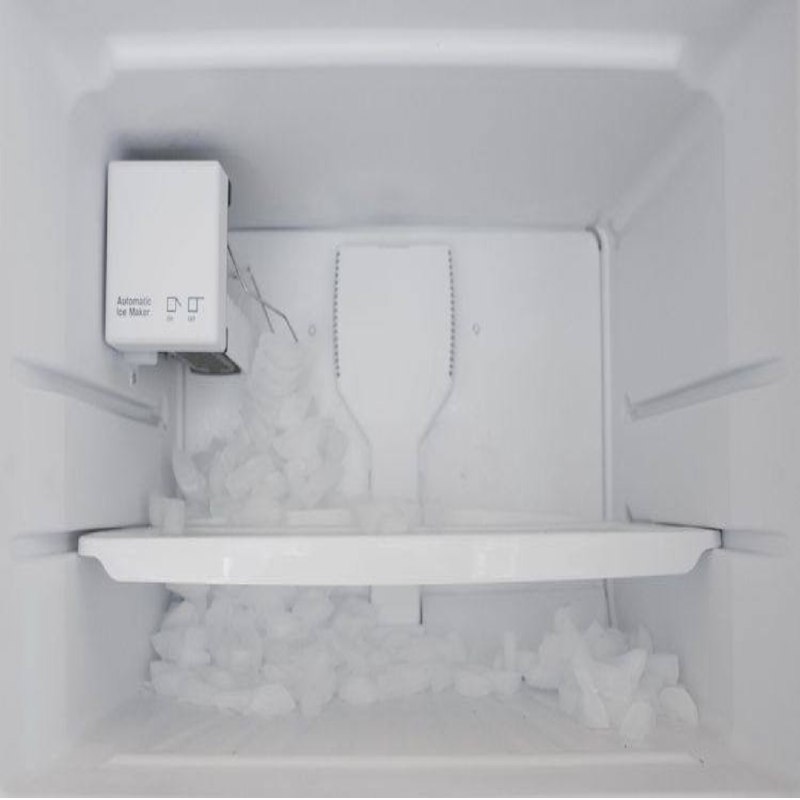ADVERTISEMENT
# How to Clean Your Ice Maker: A Comprehensive Guide
An ice maker is a convenient and essential appliance in many homes, especially during hot summer months or when hosting gatherings. Whether it’s built into your refrigerator or a standalone unit, your ice maker works hard to ensure that you always have a steady supply of ice for your drinks. However, like any appliance that comes into contact with water, it’s prone to accumulating mineral deposits, mold, and bacteria, which can affect the quality of your ice and the overall performance of the machine.
Proper maintenance and regular cleaning of your ice maker are essential to ensure that it operates efficiently, produces clean and healthy ice, and lasts for years. In this article, we will guide you through the step-by-step process of cleaning your ice maker, as well as provide useful tips and tricks to keep it in top shape.
—
## **Table of Contents**
1. **Why Cleaning Your Ice Maker Is Essential**
2. **Signs That Your Ice Maker Needs Cleaning**
3. **Safety Precautions Before Cleaning**
4. **How Often Should You Clean Your Ice Maker?**
5. **Materials and Tools You Will Need**
6. **Step-by-Step Guide to Cleaning Your Ice Maker**
– Step 1: Turn Off the Ice Maker
– Step 2: Empty the Ice Bin
– Step 3: Disconnect the Water Supply
– Step 4: Clean the Exterior
– Step 5: Clean the Interior Components
– Step 6: Clean the Water Filter (If Applicable)
– Step 7: Clean the Ice Bin and Tray
– Step 8: Sanitize the Ice Maker
– Step 9: Reconnect the Water Supply and Test
7. **How to Clean Common Problems**
– Cleaning Mineral Deposits
– Removing Mold and Mildew
– Fixing an Ice Maker That Won’t Produce Ice
8. **Preventative Maintenance Tips**
9. **What to Avoid When Cleaning Your Ice Maker**
10. **Conclusion: Keep Your Ice Maker Clean and Fresh**
—
## **1. Why Cleaning Your Ice Maker Is Essential**
Cleaning your ice maker is not just about ensuring that your machine continues to work efficiently; it’s also about maintaining the cleanliness and healthiness of the ice it produces. Over time, the ice maker’s internal components can become contaminated with bacteria, mold, mildew, and mineral deposits from the water. These contaminants can lead to unpleasant odors, discolored ice, or even health risks if left unaddressed.
Regular cleaning helps:
– **Prevent Bacteria and Mold Growth**: Mold and bacteria thrive in damp, dark environments, which is exactly what your ice maker provides. If not cleaned regularly, these microorganisms can multiply, compromising the quality of your ice and potentially causing health issues.
– **Improve Ice Quality**: Clean ice makers produce clearer, better-tasting ice. Any build-up of dirt or mineral deposits can result in cloudy ice, an unpleasant odor, or even poor-tasting water.
– **Ensure Efficient Operation**: A clean ice maker runs more efficiently. When it’s dirty or clogged, it may have to work harder to produce ice, leading to unnecessary wear and tear on the machine.
– **Extend the Lifespan of Your Ice Maker**: Regular maintenance prevents malfunctions and extends the life of your appliance, saving you money on repairs or replacements in the long run.
—
## **2. Signs That Your Ice Maker Needs Cleaning**
Knowing when to clean your ice maker can help you prevent long-term issues. Here are some signs that indicate it’s time for a thorough cleaning:
– **Ice Tastes or Smells Bad**: If your ice has a foul taste or odor, it’s a sign that bacteria or mold may be growing inside the machine.
– **Cloudy or Discolored Ice**: If your ice is cloudy or has an unusual color, it could be due to mineral build-up or other contaminants inside the ice maker.
– **Ice Maker Produces Less Ice**: A decrease in ice production may be a result of mineral deposits or mold that are clogging the components.
– **Visible Mold or Mildew**: If you notice any visible signs of mold or mildew inside the ice maker, it’s definitely time to clean it.
– **Unusual Sounds**: If your ice maker is making strange noises, it could be a sign of build-up, clogging, or a malfunctioning part due to dirt.
—
## **3. Safety Precautions Before Cleaning**
Before you start cleaning your ice maker, take these safety precautions:
– **Turn Off the Machine**: Always turn off the ice maker and unplug it from the electrical socket to avoid electrical hazards while cleaning.
– **Disconnect the Water Supply**: If your ice maker is connected to a water line, turn off the water supply to avoid leaks or water damage while cleaning.
– **Wear Gloves**: To protect your hands from cleaning chemicals and any grime inside the machine, it’s a good idea to wear rubber gloves.
For Complete Cooking STEPS Please Head On Over To Next Page Or Open button (>) and don’t forget to SHARE with your Facebook friends
